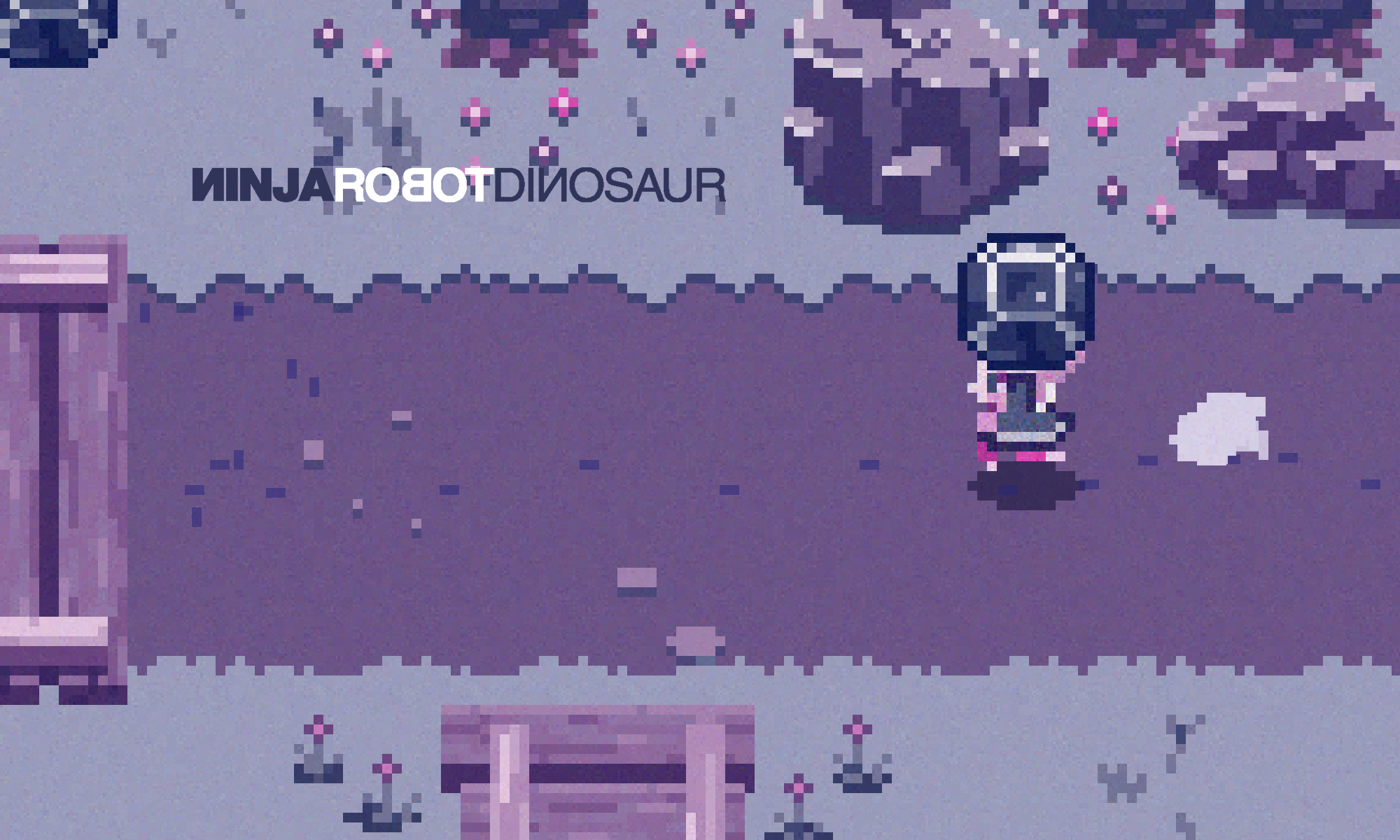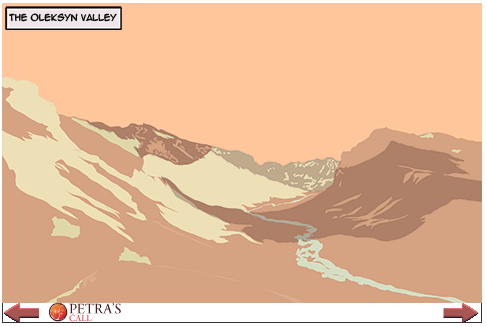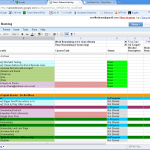There are many schools of thought on when and how you should publish your webcomics.
– Post 1 page at a time (daily, every 2 days, weekly)
– Post a set amount of pages a week (FreakAngels 6 pages/week)
– Post entire chapters when they are ready (many Zuda series as well as the short lived Dark Horse/MySpace comics project).
With Petra’s Call, the episodes are broken down into either full scenes, or in the case of long scenes, into the key story beats of that scene. For me, this is done for a couple of reasons.
1. I like the reader to have a solid, contained experience that doesn’t shun new readers and has a bit of a cliffhanger to bring readers back next week. (comic nerds have been getting a dose of this with DC’s new Wednesday Comics).
2. I want each episode to welcome people with open arms. You don’t need to remember exactly where the story was last week. It doesn’t take much to remind people that last week, Petra said she was going to ride a T-rex.
For me, this is a fun way to publish and also suites the comic itself.
One of my favorite webcomics, Warren Ellis’ FreakAngels has moved to more self contained updates in the past 4 episodes and I’ve found it to read a lot better.


